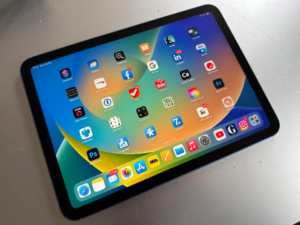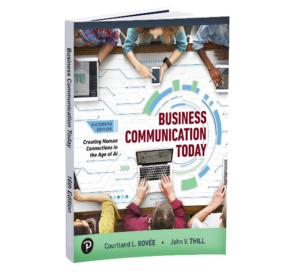 In an era where AI and technology increasingly intersect with creative expression, Apple's "Crush" commercial for the iPad Pro struck a particularly sensitive nerve. The visually arresting ad featured various symbols of artistic creation – from musical instruments to books – being systematically destroyed and compressed into an iPad, all while Sonny and Cher's "All I Ever Need Is You" provided an ironically cheerful soundtrack.
In an era where AI and technology increasingly intersect with creative expression, Apple's "Crush" commercial for the iPad Pro struck a particularly sensitive nerve. The visually arresting ad featured various symbols of artistic creation – from musical instruments to books – being systematically destroyed and compressed into an iPad, all while Sonny and Cher's "All I Ever Need Is You" provided an ironically cheerful soundtrack.
The backlash was swift and severe. Actor Hugh Grant led a chorus of criticism, with creators across various disciplines viewing the ad as tone-deaf at best and hostile at worst. The timing couldn't have been more unfortunate, coinciding with widespread anxiety about AI's impact on creative industries. For a company long celebrated as a champion of creators, the message landed like a betrayal.
However, what emerged as the most instructive aspect of this incident was Apple's response. Tor Myhren, the company's vice president of marketing communications, delivered a masterclass in corporate apology. Instead of defending the ad or suggesting critics had misunderstood its message, he acknowledged the misstep directly: "We missed the mark with this video, and we're sorry." His response reinforced Apple's commitment to supporting creators while taking full responsibility for the miscalculation.
The incident serves as a compelling case study in both marketing missteps and effective crisis management. In an age where companies must navigate increasingly complex cultural conversations about technology and creativity, Apple's experience demonstrates that sometimes the most powerful response is also the simplest: a straightforward acknowledgment of error and a genuine apology.
 NOTE: This is an extract of the chapter-opening vignette that appears exclusively in Chapter 16 of Business Communication Today, 16th Edition, by Bovee and Thill (Pearson).
NOTE: This is an extract of the chapter-opening vignette that appears exclusively in Chapter 16 of Business Communication Today, 16th Edition, by Bovee and Thill (Pearson).
Business communication instructors and their students can step into the future of business communication with the new, groundbreaking 16th edition of Business Communication Today by Courtland Bovee and John Thill—where artificial intelligence meets time-tested principles. For the first time, artificial intelligence (AI) is seamlessly integrated into every chapter, making this the first business communication textbook on the market to offer comprehensive AI coverage.
Neuroscience Meets Business Communication Education
This text integrates research-based principles from neuroscience to enhance learning. This innovative approach aligns with how the brain learns, retains, and applies information, transforming how business communication is taught and mastered. Imagine students who don’t just memorize concepts but confidently apply them. With engagement soaring and retention deepening, your classroom is where communication skills are mastered for life. Give your students the neuroscience advantage. Join leading colleges and universities already seeing remarkable results with our neuroscience-based approach.